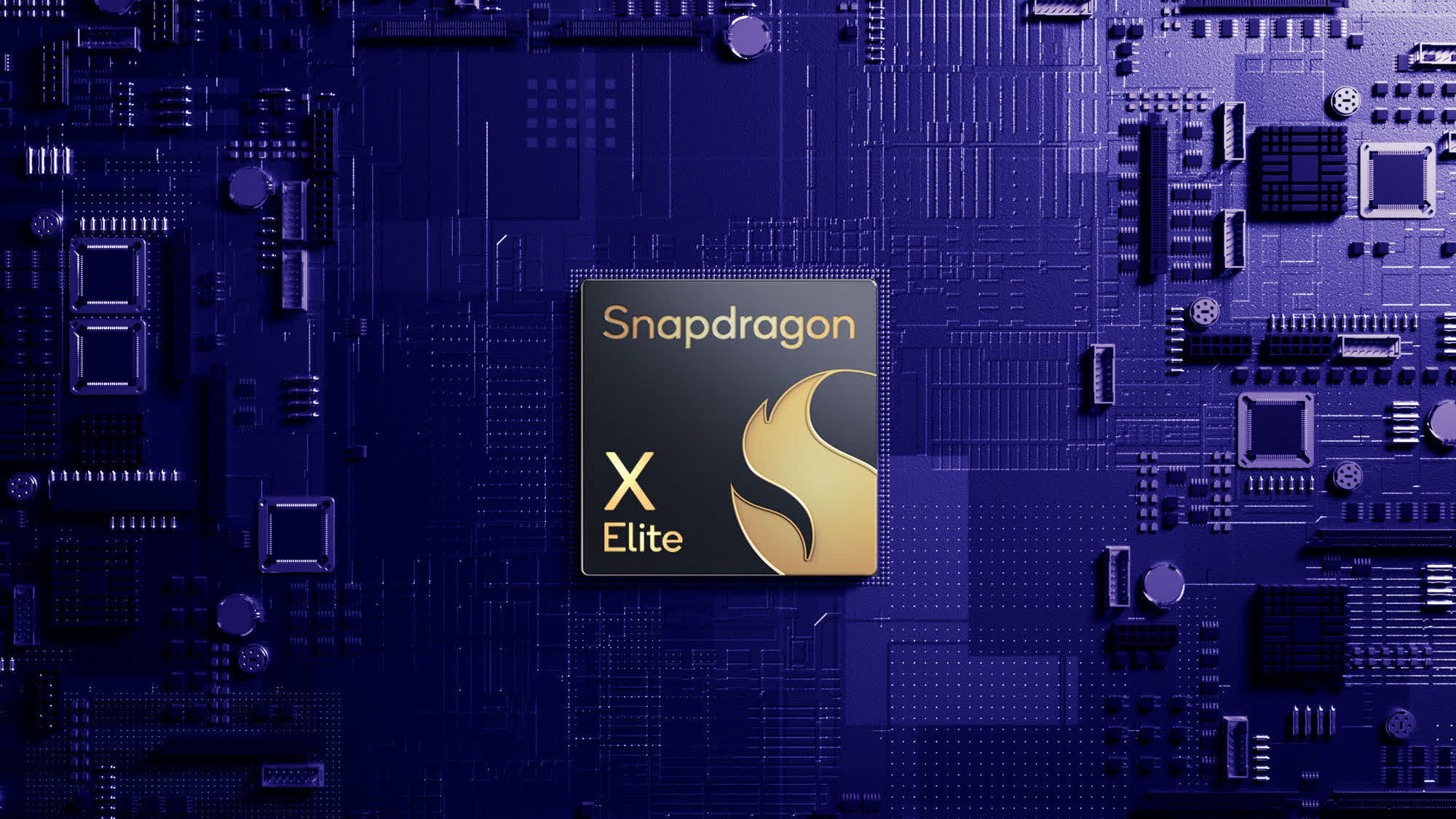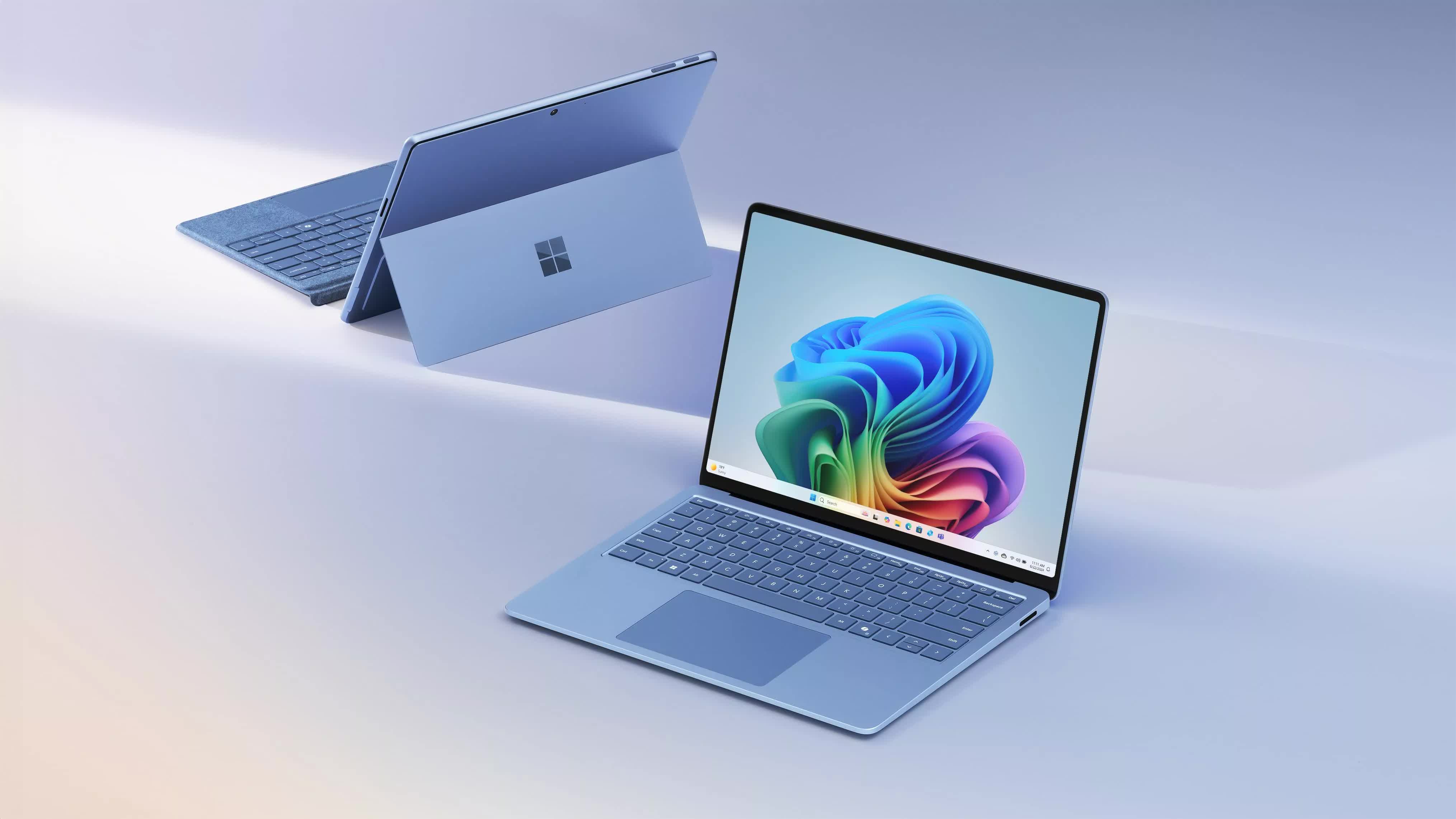Rumor mill: The first set of Copilot+ PCs powered by Qualcomm's Snapdragon X processors were unveiled at Microsoft's Surface event last month. While these are relatively premium devices starting at $999, a new report claims that more affordable Snapdragon-powered Windows laptops can be expected in the future.
According to TF International Securities analyst Ming-Chi Kuo, Qualcomm is working on a "low-cost" Snapdragon X-series processor for "mainstream" devices priced between $599 and $799. The chipset is internally codenamed "Canim" and is expected to be manufactured by TSMC using its 4nm process node. Laptops powered by the new processor are anticipated to debut in Q4 2025.
Canim will reportedly offer 40 TOPS of AI power, slightly less than the 45 TOPS offered by the Snapdragon X Elite and Snapdragon X Plus. If the report is accurate, it would mean that devices powered by the new chip will meet Microsoft's Copilot+ standard, which requires laptops to include an NPU powerful enough to process 40+ trillion operations per second.

Kuo did not reveal any additional details about Canim, including its core configurations, GPU specifications, clock speeds, connectivity features, or I/O options. However, given that it will be cheaper than the flagship chips, it will be interesting to see whether Qualcomm will significantly cut back in these areas to differentiate its entry-level product from the flagship.
Meanwhile, the original set of Copilot+ Windows laptops from Dell, HP, Acer, Asus, Samsung, and Lenovo will start shipping this week. Microsoft also announced two new Copilot+ devices, including the Surface Laptop and the Surface Pro. All of these devices are powered by either the Snapdragon X Elite or Snapdragon X Plus, with prices starting from $999.
While a cheaper laptop chip from Qualcomm is good news, Kuo had some less welcome news for Android users, confirming earlier reports that the Snapdragon 8 Gen 4 will be significantly more expensive than its predecessor.
According to him, the Gen 4 will be around 25-30 percent more expensive than the Gen 3, costing device makers around $190-200. If the report is accurate, it's bad news for consumers, as higher input costs could force manufacturers to increase the prices of their flagship smartphones.
